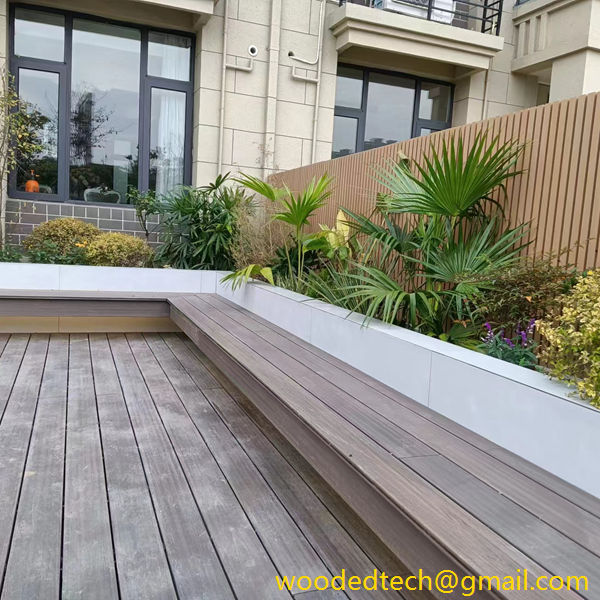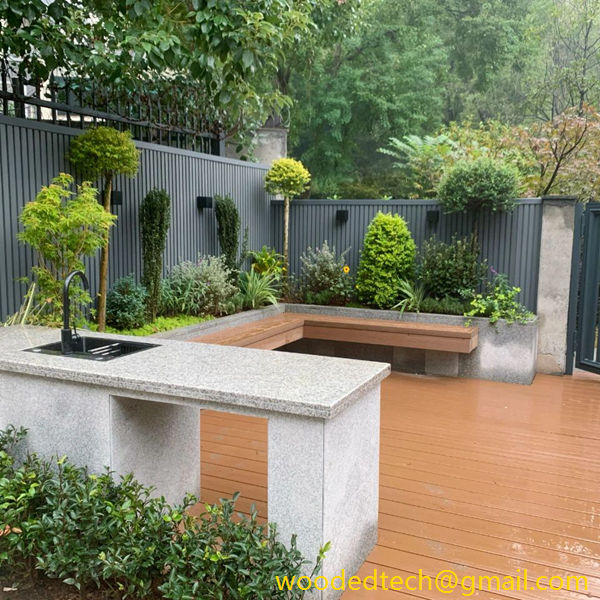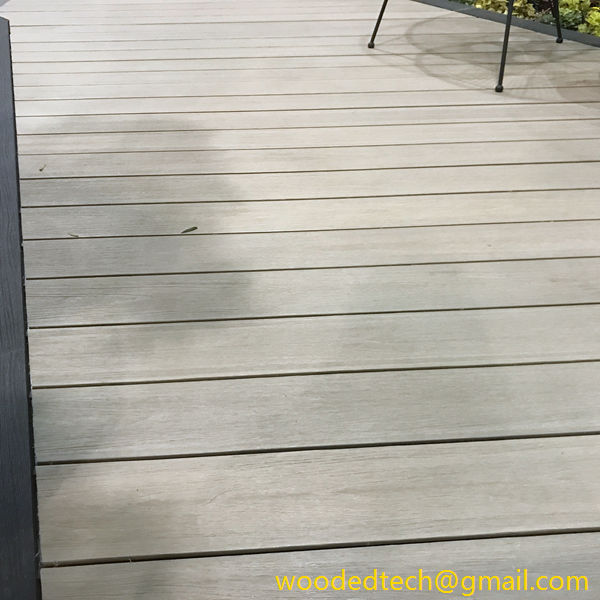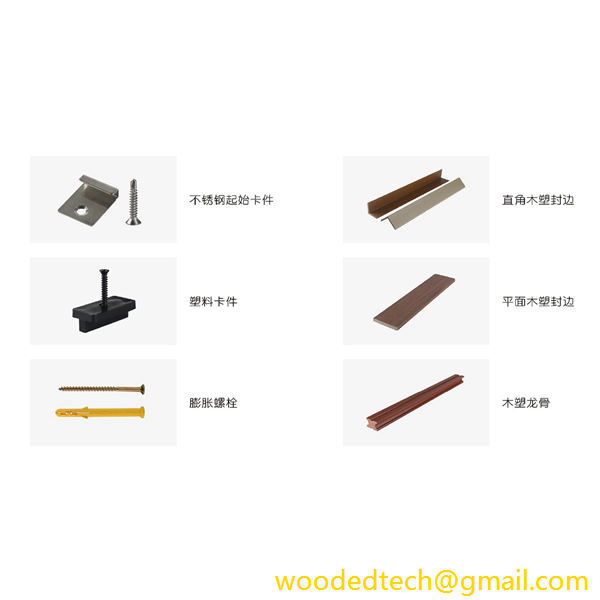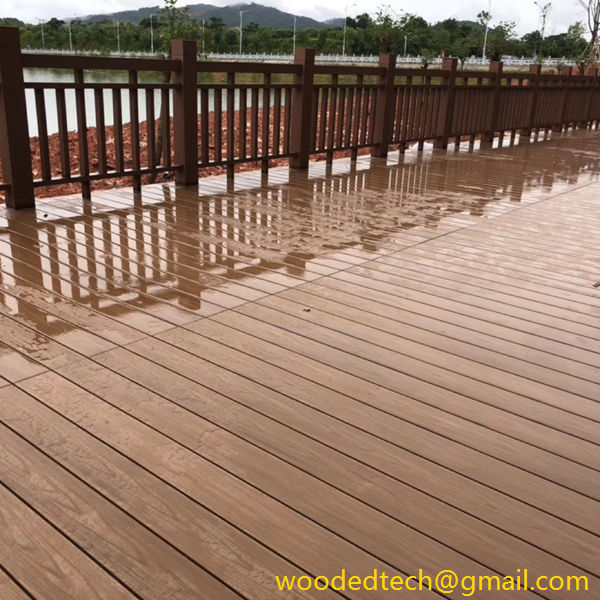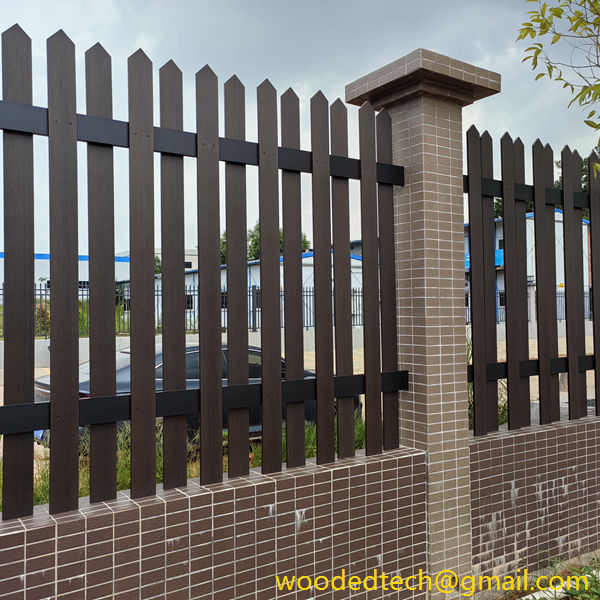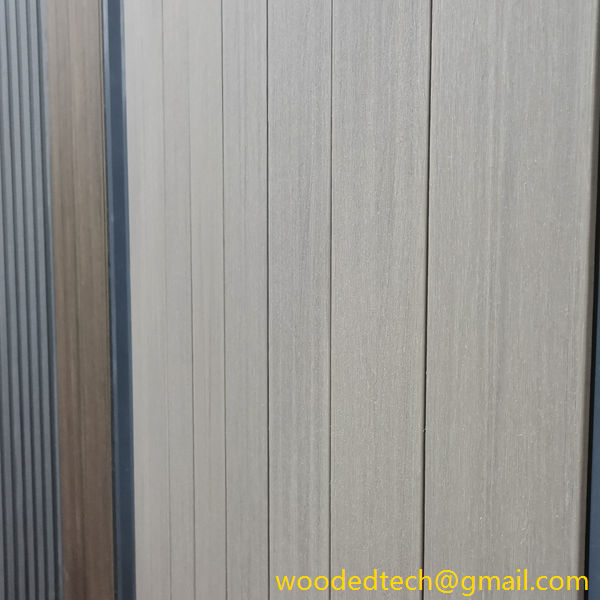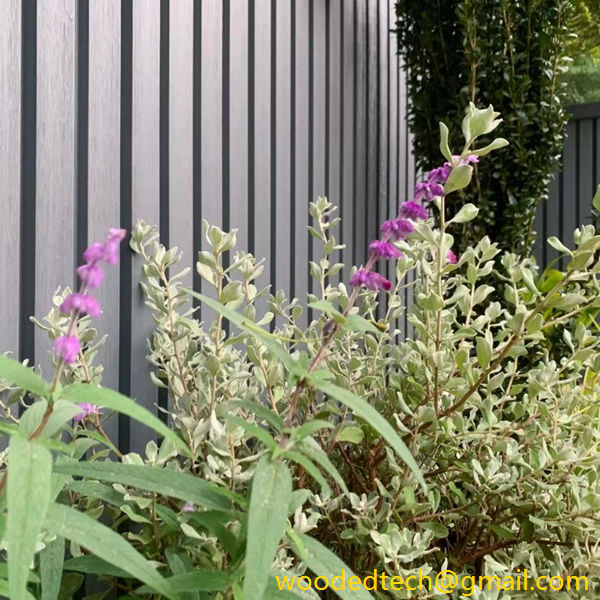Calculating WPC Wall Panel Price Per Sq Ft for Budgeting
Calculating WPC Wall Panel Price Per Sq Ft for Budgeting When embarking on a home renovation or construction project, one of the most critical aspects to consider is budgeting, especially when it comes to materials. One popular material that has gained traction in recent years is WPC, or Wood Plastic Composite, wall panels. These panels…
Calculating WPC Wall Panel Price Per Sq Ft for Budgeting
When embarking on a home renovation or construction project, one of the most critical aspects to consider is budgeting, especially when it comes to materials. One popular material that has gained traction in recent years is WPC, or Wood Plastic Composite, wall panels. These panels offer a unique combination of aesthetics, durability, and ease of maintenance, making them an appealing choice for both residential and commercial applications. However, understanding the cost implications is essential for effective budgeting. Calculating the WPC wall panel price per square foot is a fundamental step in this process.
WPC wall panels are manufactured from a mixture of wood fibers and plastic, resulting in a material that mimics the look of traditional wood while providing enhanced durability and resistance to moisture, decay, and insects. This makes WPC an attractive alternative for various environments, including bathrooms, kitchens, and outdoor areas. Given the wide range of designs and finishes available, it is important to familiarize yourself with the pricing structure to ensure that your project stays within budget.
To begin calculating the WPC wall panel price per square foot, you must first gather the price data for the specific products you are considering. Prices can vary significantly depending on the brand, quality, finish, and design of the panels. Typically, WPC wall panels are priced between two to six dollars per square foot, although high-end options can cost even more. It is advisable to request samples from different suppliers to gauge the quality and aesthetic appeal of the panels before making a purchase.
Once you have a clear understanding of the price range, the next step is to determine the total area you plan to cover with WPC wall panels. Measure the height and width of the walls where you intend to install the panels, and calculate the total square footage by multiplying these two dimensions. For example, if you have a wall that is ten feet high and fifteen feet wide, the total square footage would be one hundred fifty square feet.
After calculating the total area, multiply this figure by the price per square foot of the WPC panels you have selected. For instance, if the price of the panels is three dollars per square foot, the total cost for covering one hundred fifty square feet would be four hundred fifty dollars. It is important to account for additional factors that may influence the final cost, such as shipping fees, taxes, and potential installation costs if you plan to hire professionals.
In addition to the direct costs of the panels themselves, consider any additional materials you may need for installation. This could include adhesives, trims, and other finishing materials that complement the WPC panels. Understanding these supplementary costs will provide a clearer picture of your total budget.
Another aspect to consider when budgeting for WPC wall panels is the potential return on investment. While the initial cost may seem high relative to traditional wall materials, WPC panels offer significant long-term benefits. Their durability means reduced maintenance and replacement costs over time. Additionally, their aesthetic appeal can enhance the overall value and marketability of your property, making them a worthwhile investment.
It is also essential to factor in the installation process when calculating your budget. If you are a DIY enthusiast, you may be able to save on labor costs by installing the panels yourself. However, it is crucial to have a good understanding of the installation process, as improper installation can lead to damage and additional costs in the long run. Many manufacturers provide detailed installation guides and resources, so be sure to utilize these if you are considering a DIY approach.
On the other hand, if you choose to hire professionals for the installation, obtain quotes from multiple contractors to ensure you are getting a fair price. Installation labor can vary widely based on location and the complexity of the job, so it is advisable to budget accordingly.
As you navigate the budgeting process for your WPC wall panel project, it may also be worthwhile to explore financing options if necessary. Many suppliers offer financing plans or payment options that can ease the financial burden and allow you to spread the costs over time. This can be particularly beneficial for larger projects where upfront costs may be substantial.
Furthermore, keep an eye out for seasonal sales or promotions from suppliers, as these can provide significant savings. Purchasing during off-peak seasons or taking advantage of bulk discounts can also lower your overall costs, allowing you to stretch your budget further.
In summary, calculating the WPC wall panel price per square foot is an essential aspect of budgeting for any construction or renovation project. By understanding the pricing structure, measuring your space accurately, and considering additional costs such as installation and materials, you can create a comprehensive budget that reflects your needs and goals. Ultimately, investing in WPC wall panels can offer substantial long-term benefits, making them a valuable addition to your property. With careful planning and consideration, you can achieve a beautiful and functional space that enhances both your lifestyle and the value of your home.

